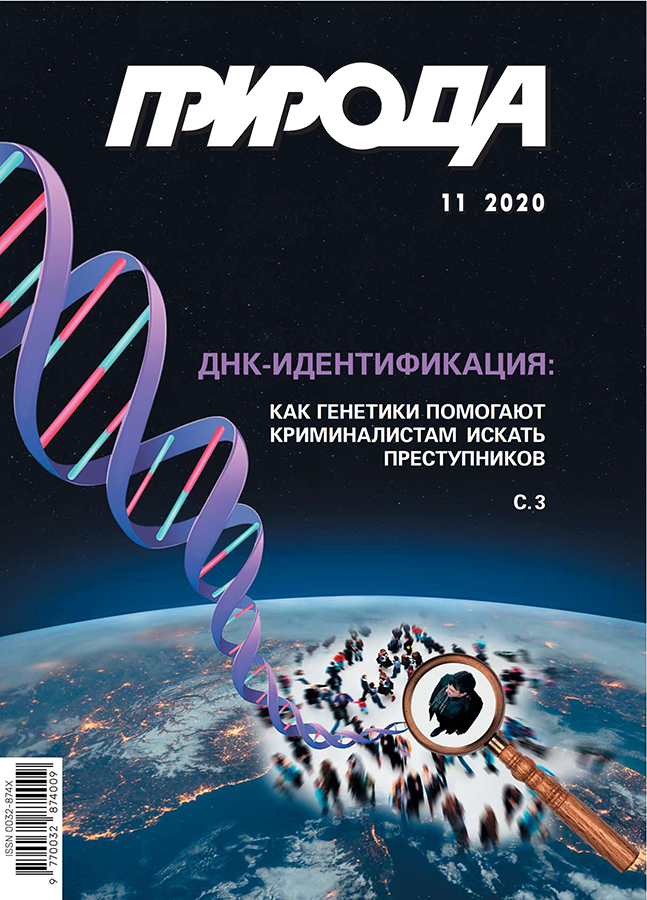Consequences of the Collision that Spawned Moon: Evolution of Debris in the Orbits of the Solar System
- Authors: Byalko A.V1, Kuzmin M.I2
-
Affiliations:
- Landau Institute for Theoretical Physics, RAS
- Vinogradov Institute of Geochemistry, Siberian Branch of RAS
- Issue: No 11 (2020)
- Pages: 56-60
- Section: Articles
- URL: https://journals.eco-vector.com/0032-874X/article/view/631089
- DOI: https://doi.org/10.7868/S0032874X2011006X
- ID: 631089
Cite item
Abstract
We continue to describe the debris of the Moon formation, which after the Giant collision appeared to be in the orbits of the Solar System. In the previous article, their trajectories were considered; in this one we will talk about the evolution of these fragments. The radiation cooling resulted in quick decrease of their surface temperatures to a level acceptable for water vapor condensation. During multiple passes of debris through the point of the Giant collision, they also came into collisions with each other, which caused ice sublimation and local heating. These processes are possibly responsible for the formation of those granulation structures that are observed in chondrites.
About the authors
A. V Byalko
Landau Institute for Theoretical Physics, RAS
Email: alexey@byalko.ru
Moscow, Russia
M. I Kuzmin
Vinogradov Institute of Geochemistry, Siberian Branch of RAS
Email: mikuzmin@igc.irk.ru
Irkutsk, Russia
References
- Бялко А.В., КузьминМ.И. Осколки образования Луны: геофизические следствия Гигантского столкновения. ЖЭТФ. 2019; 156(4): 603–614.
- Steinpilz T., Joeris K., Jungmann F. et al. Electrical Charging overcomes the bouncing barrier in planet formation. Nature Physics. 2020; 16: 225–229. doi: 10.1038/s41567-019-0728-9.
- Canup R.M., Asphaug E. Origin of the Moon in a giant impact near the end of the Earth’s formation. Nature. 2001; 412: 208–812. doi: 10.1038/35089010.
- Drolshagen G., Dikarev V., Landgraf M. et al. Comparison of Meteoroid Flux Models for Near Earth Space Earth Moon Planet. 2008; 102: 191–197. doi: 10.1007/s11038-007-9199-6.
- Corral A., González A. Power law size distributions in geoscience revisited. Earth Space Sci. 2019; 6: 673–697. doi: 10.1029/2018EA000479.
Supplementary files









